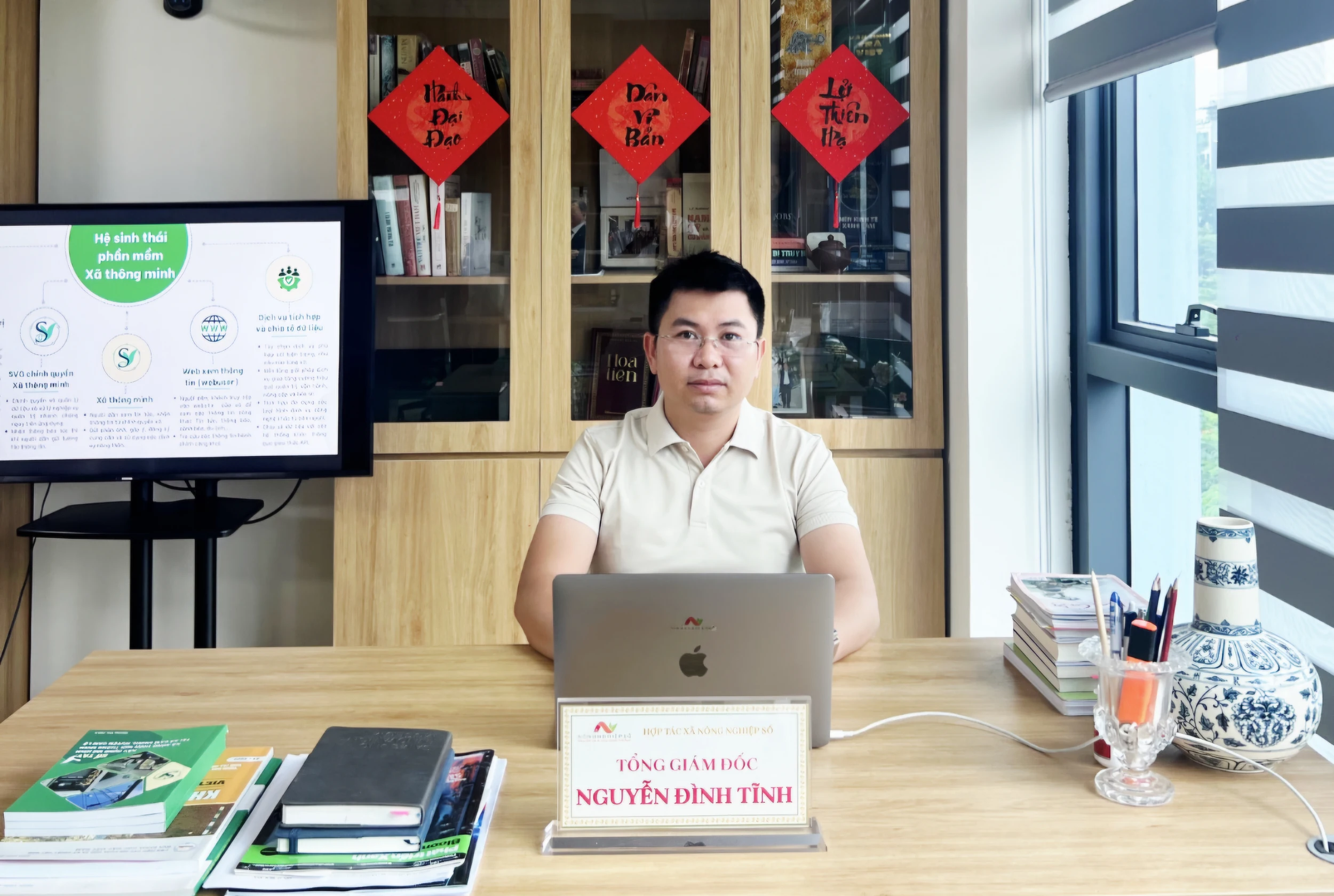 |
Creating breakthroughs in modern rural development
- Sir! First of all, congratulations to you and your team on successfully implementing the project in Cam Chinh commune. Could you share why you chose this locality to build a model of a smart new rural commune in Quang Tri province?
- Because Cam Chinh commune (old) has achieved advanced NTM standards, has great potential for developing specific agriculture, basic telecommunications infrastructure and a stable social foundation. 100% of the commune's staff use information technology, more than 60% of the population uses smartphones, 90% of households have digital payment accounts. This locality has specific products, such as: Cua pepper, Cua net, Cua chicken produced in a chain, with high economic value potential. These criteria meet the requirements for selecting a pilot commune according to the instructions of the Ministry of Agriculture and Rural Development (now the Ministry of Agriculture and Environment ).
This choice is suitable for the practical conditions of the locality and the general development trend of society. At the same time, the model also specifies the goals and contents of rural digital transformation according to Resolution No. 57-NQ/TW on breakthroughs in science, technology, innovation and national digital transformation dated December 22, 2024 of the Politburo . In addition, the construction of smart communes is also suitable for the 2-level local government model because the software system for remote operation and monitoring, digital data and two-way interaction with the people will be the fundamental solution to help streamline the apparatus while still ensuring effective governance and serving the people.
- What is the goal of this model, sir?
- The project to build a smart commune model in Cam Chinh commune is based on the foundation of science - technology and innovation from the community; the management capacity of the grassroots government, promoting digital transformation in specific agricultural production, enhancing interaction between people and the governance system, gradually forming a digitalized rural community. The model aims at comprehensive development on three pillars: Digital government, digital economy and digital society, as a practical basis for replication in localities with similar conditions. All components are connected and integrated into a synchronous system, creating the foundation for a modern, convenient and sustainable society right at the grassroots level.
The project is implemented in 9 villages of Cam Chinh commune with more than 5,500 people, focusing on specific production areas such as pepper, Cua chicken and indigenous medicinal herbs. The project duration lasts 15 months (September 2024 - December 2025), including the following tasks: Survey, solution design, digital infrastructure deployment, training and acceptance. Technological and innovative solutions serving the construction of a smart commune model include: Integrated platform software for smart rural services - smart communes; digital infrastructure solutions; application of biological products for environmental treatment in livestock farming and household waste treatment; Digital transformation in management of production of specific products; training and transfer; organization of management and operation of the model.
Officials of Cam Chinh commune (old) use the production management system and traceability of key products - Photo: DIGITAL AGRICULTURE COOPERATIVE
Practical results from the project
- The project was expected to be completed by the end of 2025 but was accepted ahead of schedule. Could you please tell us about the initial results of this pilot model?
- The Advisory Council of the Department of Science and Technology has organized the acceptance and highly appreciated the project results with 18 objectives and targets basically meeting the requirements. On May 26, the project completed the implementation, handover and put into operation all items synchronously. The solutions for building smart new rural communes have initially brought practical results, especially the integrated software solution for smart rural services - smart communes, providing comprehensive management tools for commune-level authorities, helping to digitize operations, public service management, field reflection, community surveys and interaction with people.
Commune officials can easily track information through the administration system, manage contacts, cameras, digital libraries, production logs, traceability data and agricultural - tourism services, thereby improving operational efficiency, transparency and significantly reducing manual workload.
The software helps people access information quickly, send feedback, suggestions and participate in surveys right on the mobile application. Regarding digital infrastructure solutions, the project installs a monitoring system with 15 camera clusters at key locations, with a total of 20 cameras. Each camera cluster is connected to public/residential wifi to transmit signals to the Smart Commune Operation Center.
In addition, the project has also applied biological products to treat the environment in livestock farming and biological products to treat household waste. Both products have the effect of improving the living environment, preventing diseases, improving the health of livestock and supporting the regeneration of arable land through organic fertilizers.
This is one of the innovative solutions, contributing to building a circular, green and smart production chain right at the commune level. In addition, the project has also developed a draft set of criteria for "Smart New Rural Commune" suitable for the specific conditions of Quang Tri province in the period of 2026 - 2030 and published a scientific article in the Journal of Science and Technology.
- Currently, the 2-level local government model has come into operation. So can you tell us how the implementation of the smart NTM commune model according to the project in the new Cam Lo commune will be carried out?
- With an open, people-centered approach, applying technology as a means and not a destination, the smart commune model in the old Cam Chinh can be flexibly adjusted in the new Cam Lo commune according to the scale, product characteristics and conditions of each region. This is an important premise for replicating the model to communes with other specific products in Quang Tri province and other localities nationwide, contributing to promoting rural digital transformation in a substantial, sustainable and in-depth manner.
We are committed to accompanying the locality to continue promoting the achieved results, monitoring and supporting operations and adjusting and upgrading the model's solutions (especially the platform software) to suit the scope and scale of the new commune.
- In addition to implementing the project in the old Cam Chinh commune, does the Digital Agriculture Cooperative also implement any other models in Quang Tri province and throughout the country, sir?
- Up to now, we have coordinated with localities in the country to implement more than 30 smart commune/village models. In Quang Tri alone, in addition to the above model, in 2024, we coordinated to implement a pilot project in Bac Trach commune, old Bo Trach district. This project has initially brought about the following results: Significantly reducing the time to notify information from the commune government to the people; enhancing the ability of two-way interaction between officials and people; supporting statistical work and data analysis to serve rural social management; increasing transparency in government activities; creating an environment for people to access information quickly and accurately, especially those who live far away or do not have access to the commune's electronic information portal. Thereby, contributing to improving people's satisfaction index with government operations.
Thank you!
Ko Kan Suong (performed)
Source: https://baoquangtri.vn/xay-dung-xa-nong-thon-moi-thong-minh-la-buoc-di-phu-hop-voi-xu-the-phat-trien-chung-195938.htm


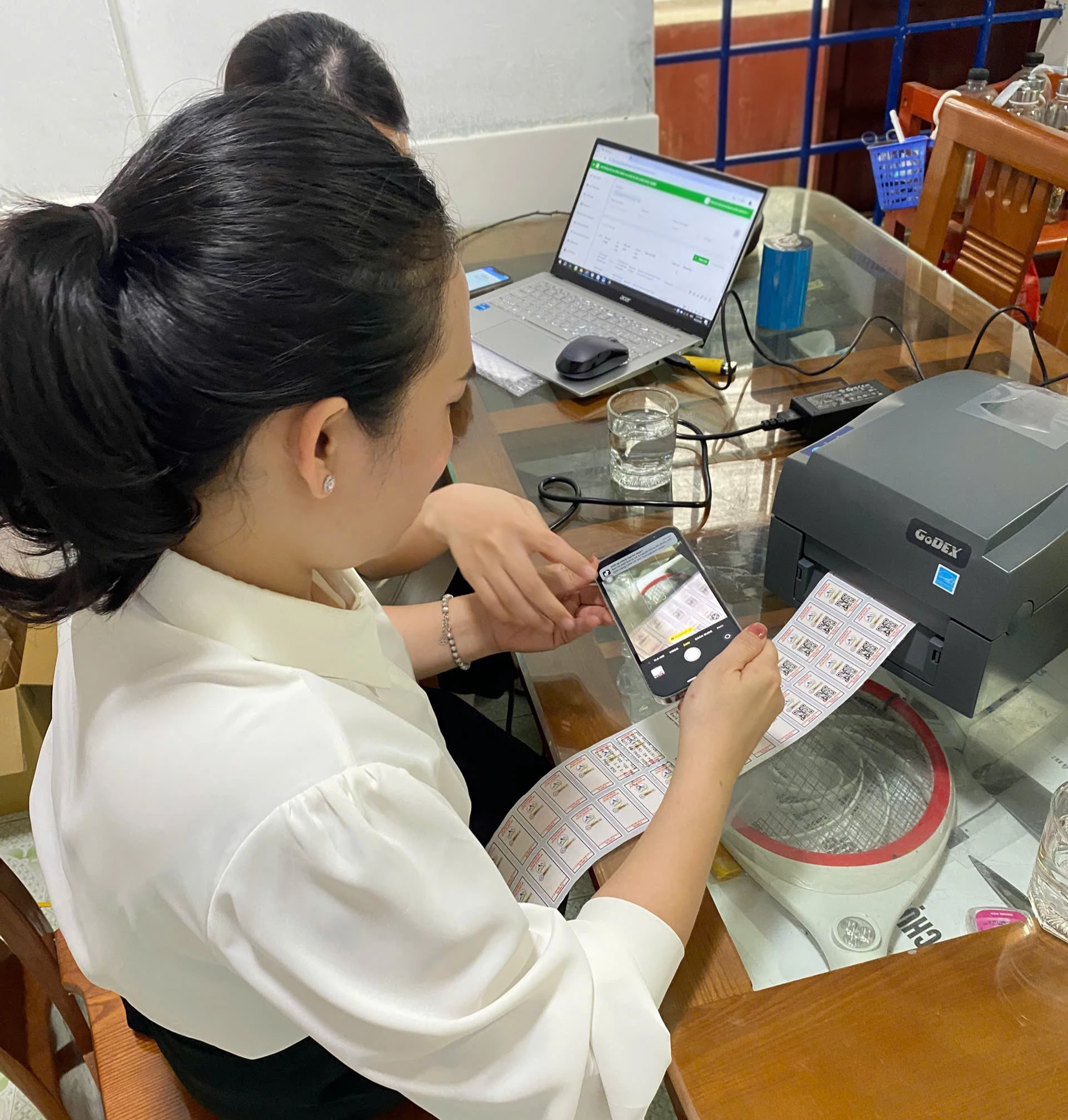

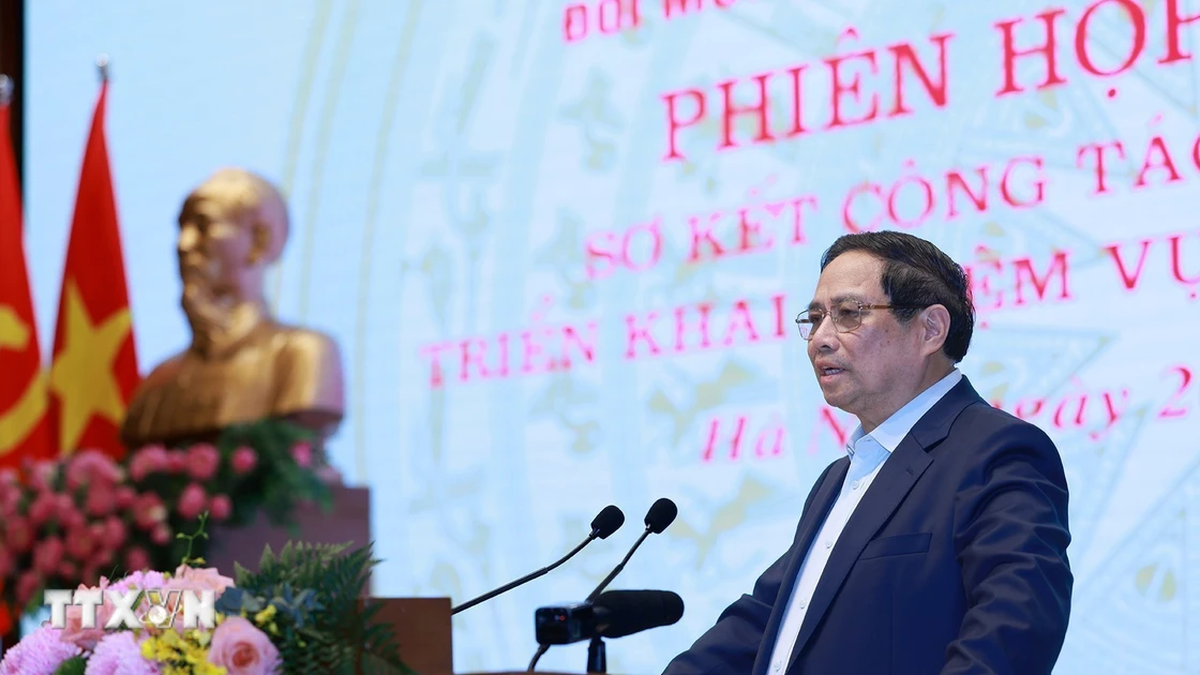
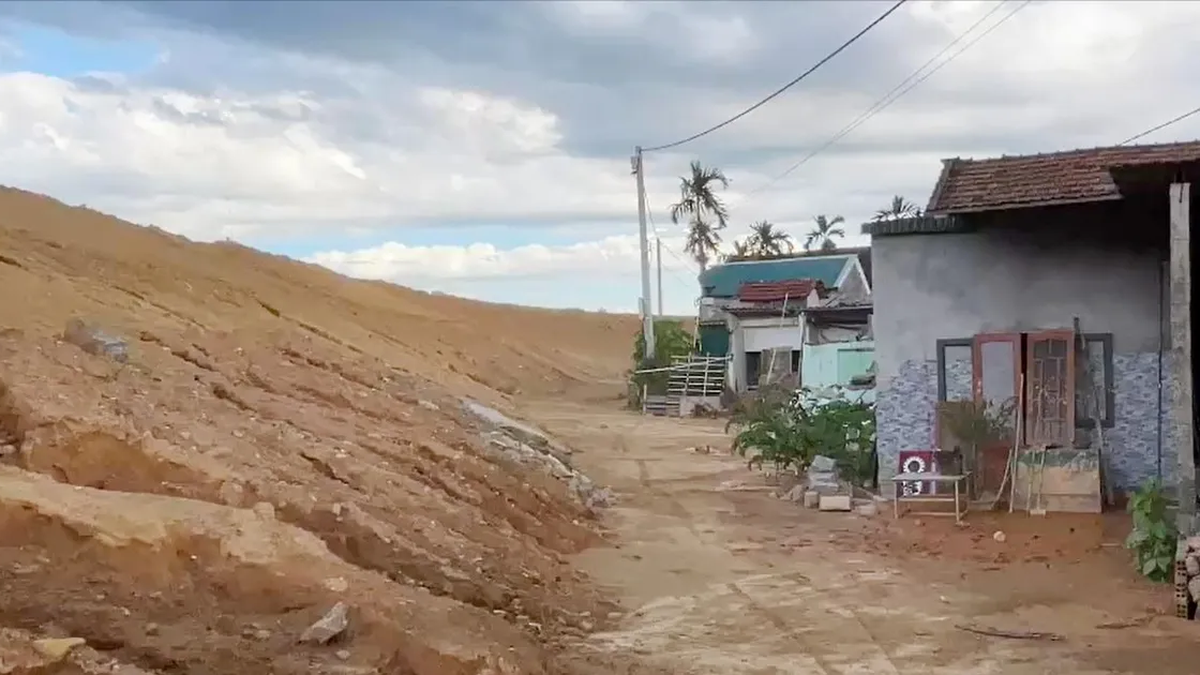

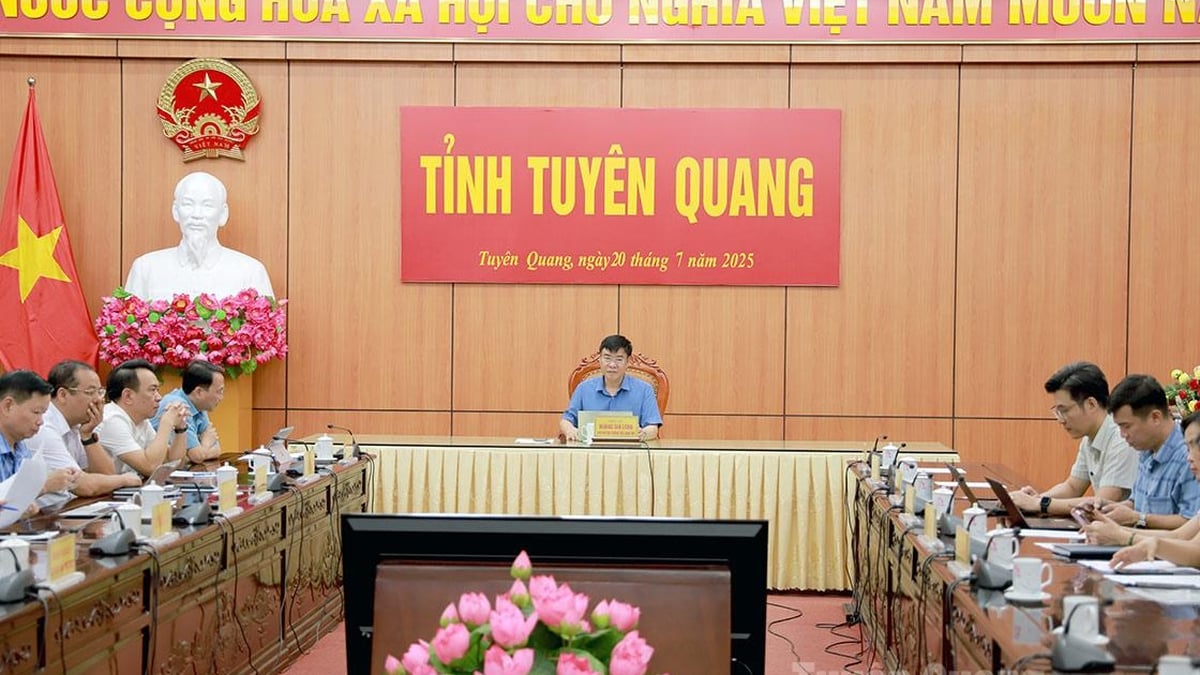
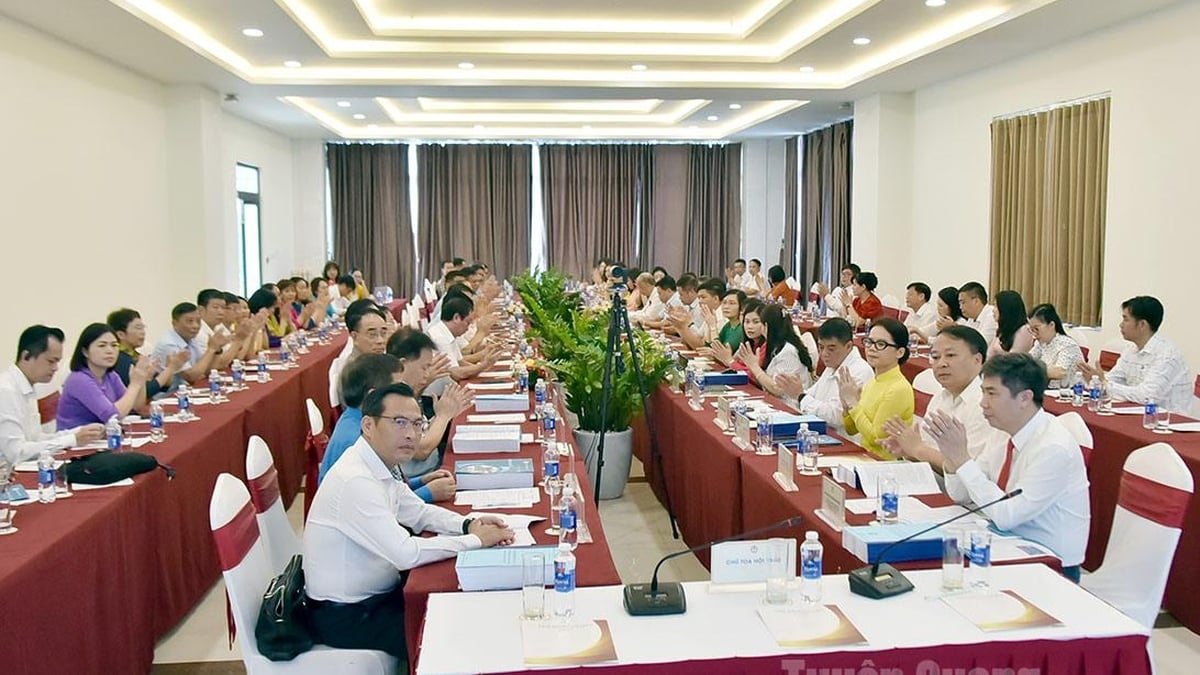
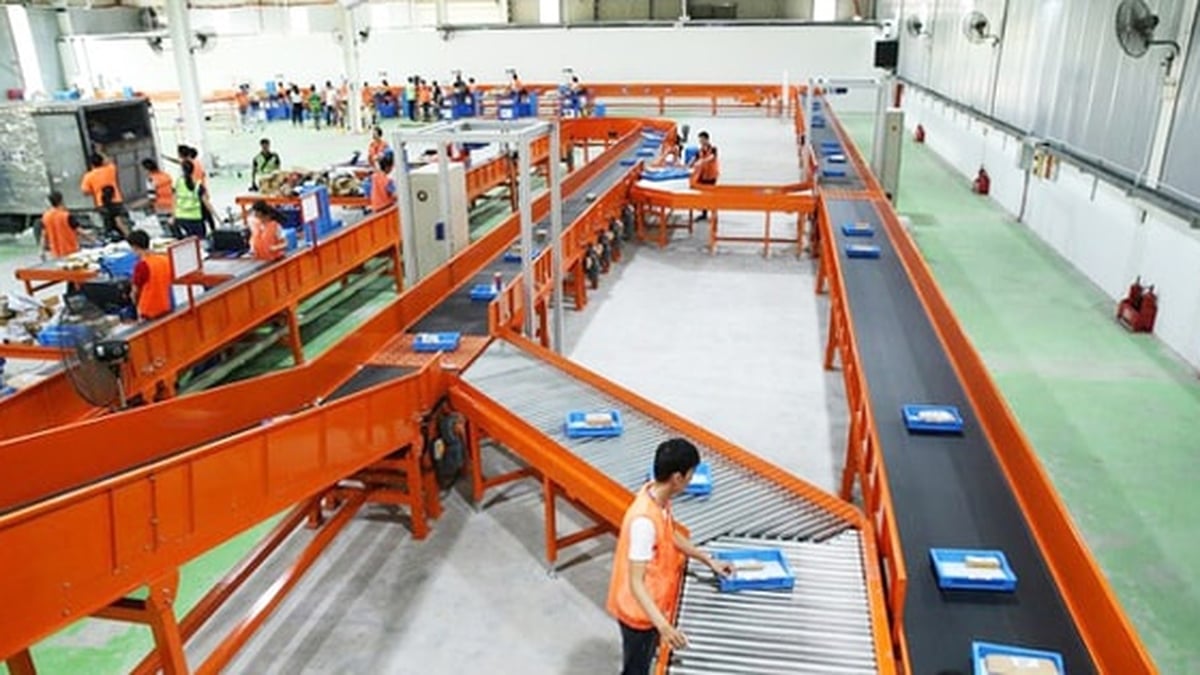

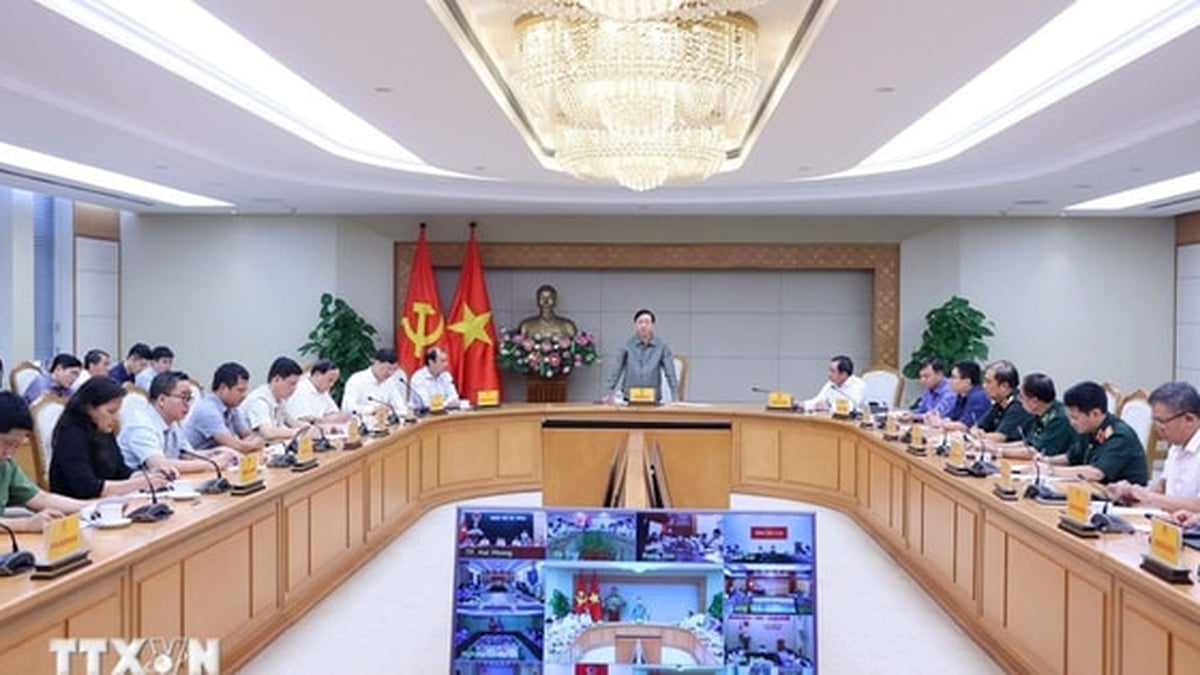
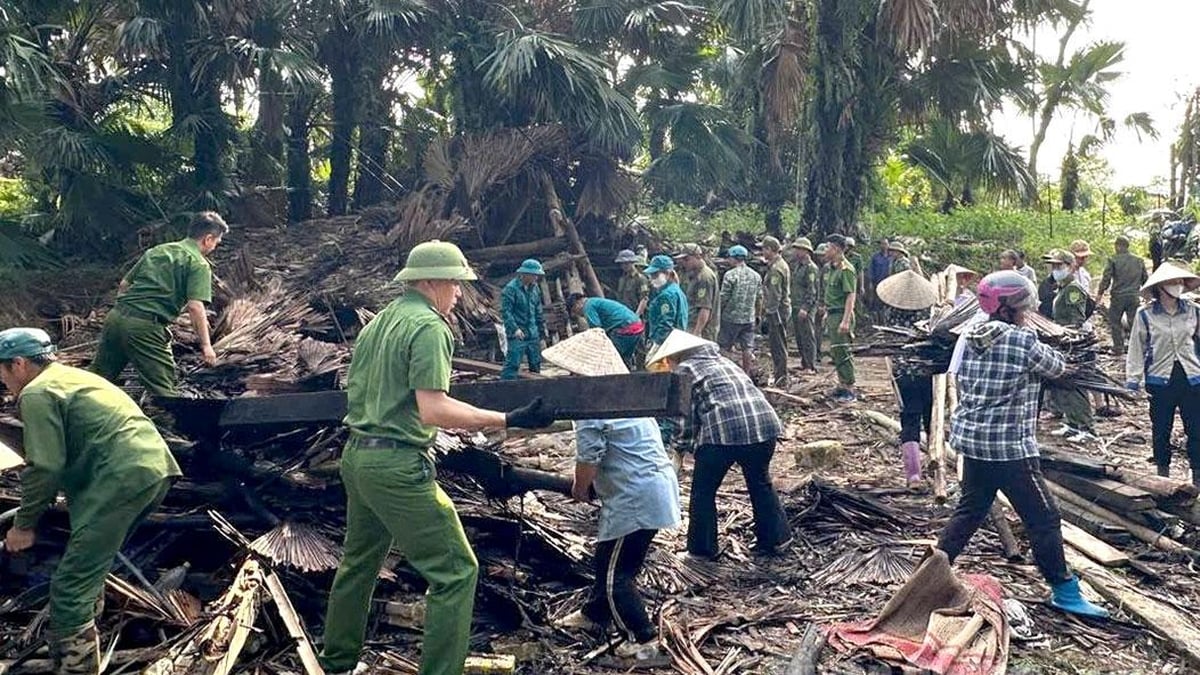











![[Photo] National Assembly Chairman Tran Thanh Man visits Vietnamese Heroic Mother Ta Thi Tran](https://vphoto.vietnam.vn/thumb/1200x675/vietnam/resource/IMAGE/2025/7/20/765c0bd057dd44ad83ab89fe0255b783)





































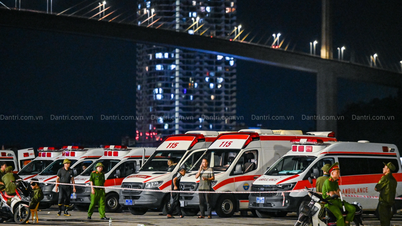
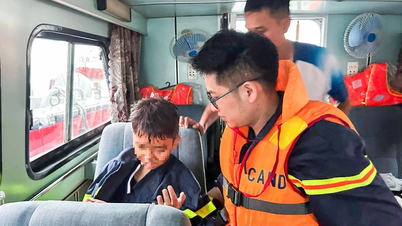

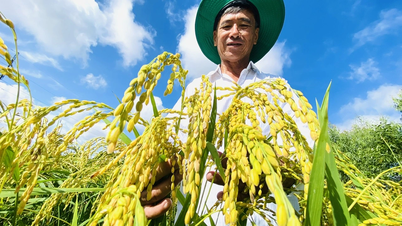


































Comment (0)